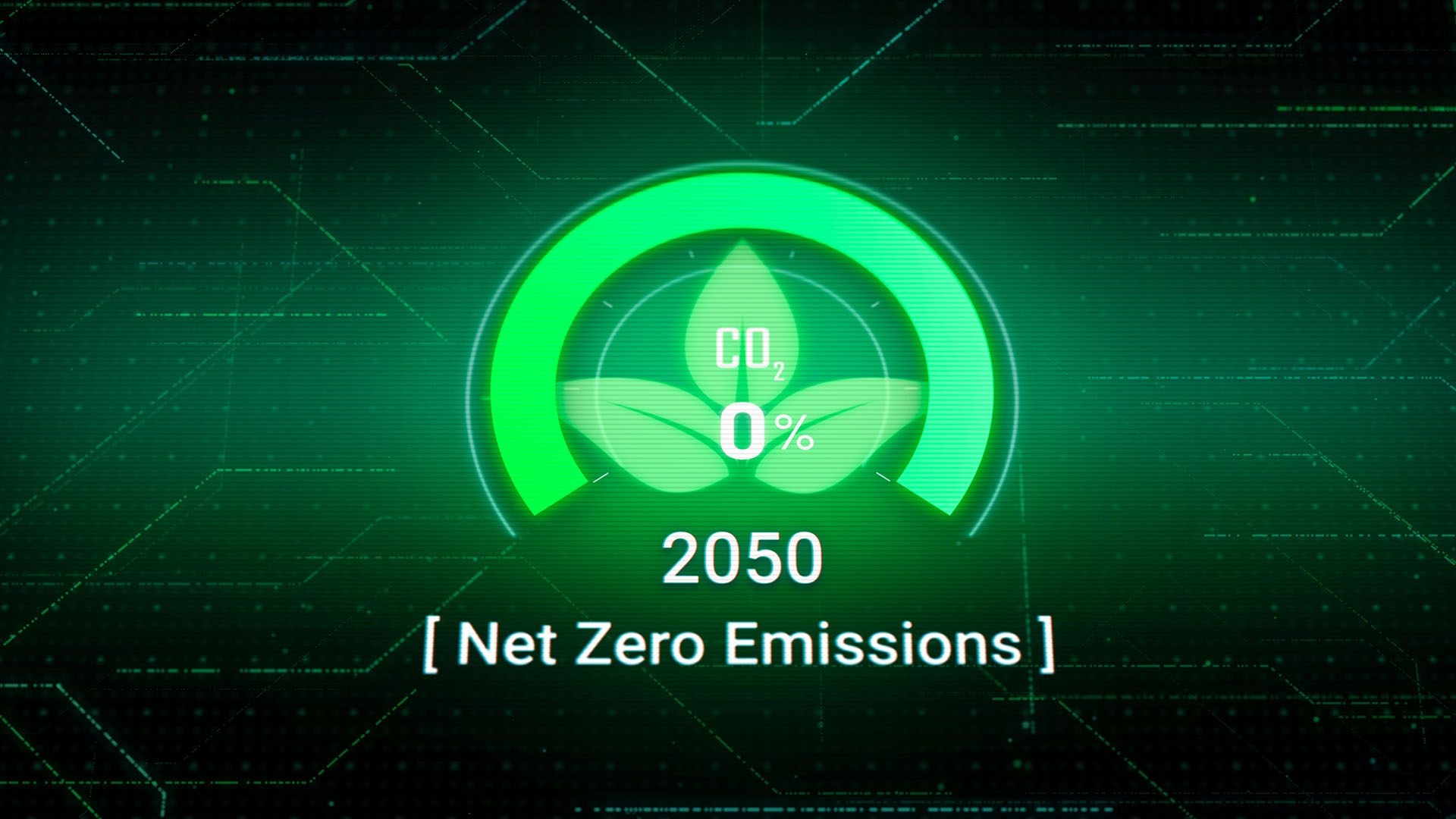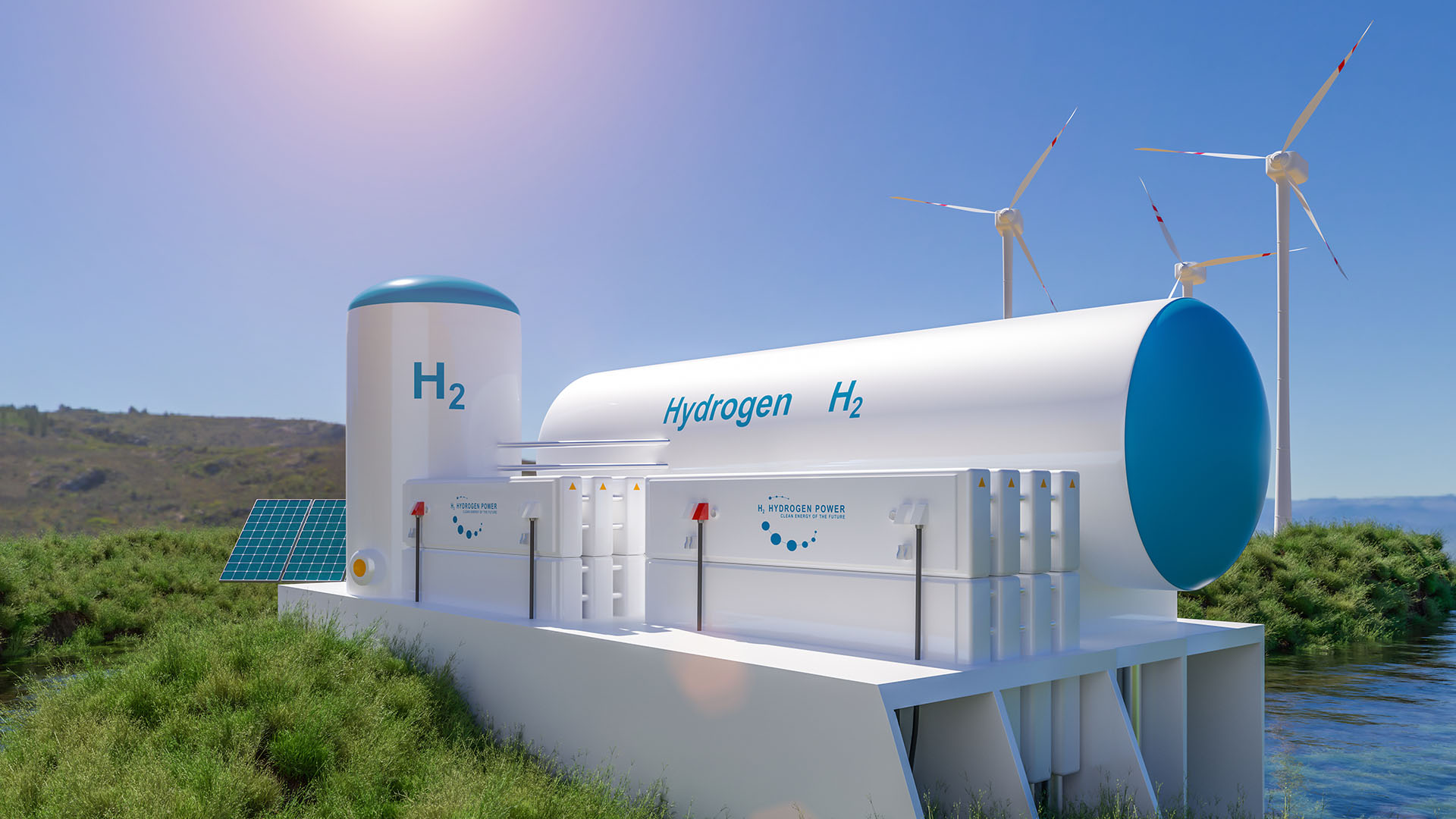
Review of the UK Emissions Trading Scheme (ETS) and potential future
Publication | 6月 2022
Overview
In this article we look at the first year of trading of the UK Emissions Trading Scheme (ETS), its origins in the EU ETS and future developments, including the possibility of a global system.
What is the UK ETS?
The UK ETS is a cap and trade scheme which seeks to reduce greenhouse gas (GHG) emissions in energy intensive sectors. A cap is set on the maximum level of total emissions in certain sectors (which decrease over time) and allowances are created up to the cap for each unit of emission.
Introduction of the EU ETS
The EU ETS was launched in 2005 and, despite teething troubles, is now considered an effective mechanism to drive decarbonization. The EU ETS currently covers approximately 45 percent of EU GHG emissions arising chiefly from the energy, power and aviation sectors.
Introduction of the UK ETS
Following Brexit, the UK ETS came into effect on January 1, 2021. The framework is detailed in the Greenhouse Gas Emissions Trading Scheme Order 2020.
Currently the UK ETS replicates the EU ETS and is divided into phases. Phase 1 runs between 2021 – 2025 and Phase 2 from 2026 – 2030. The initial cap for the UK ETS during 2021 was 156 million allowances (5 percent lower than the UK’s share of the EU ETS cap). The UK ETS cap reduces annually by approximately 4.2 million allowances.
The UK ETS actually commenced in May 2021 and is now being watched with interest. There were around 84 million allowances available for auction in 2021 and around 80 million will be auctioned throughout 2022.
The ETS Registry is administered by the Environment Agency (EA) and is the “bank” for allowances. It records free allowances, annual verified emissions, allowance transfers and allowance surrenders. Where breaches occur, the EA can issue enforcement notices and non-compliance can result in the imposition of a civil penalty.
Triggering of the Cost Containment Mechanism (CCM) in the UK ETS
The UK ETS Authority monitors the UK market and specifically market instability. Initially, an auction reserve price was set at £22 to prevent market instability. At the other end of the scale, the CCM has been integrated in order to control escalating prices. The CCM is triggered if the prices of allowances are higher for three consecutive months than twice the average price in the previous two-year period. There are actually lower price and time triggers in the first two years whilst the scheme beds in, and in year three, the UK ETS CCM will reflect the position in the EU ETS.
The CCM was triggered in the UK ETS in December 2021 and January 2022, when the average carbon prices rose above £52.88 and £56.58 respectively. In both instances, the UK ETS Authority decided that no action would be taken to curb the prices which caused concern in some heavy energy use sectors that a gap may be forming between UK industries and their competitors.
Developments in the UK ETS
On February 7, 2022, the GHG ETS (Amendment) Order 2021 came into force, making technical and operational changes to the UK ETS as follows:
- Installations in the hospital and small emitter opt-out scheme to apply to increase emissions targets;
- Installations exceeding the threshold for the small and ultra-small opt out schemes to benefit from fee allocation upon joining the ETS;
- Correction of the methodology for calculating the entitlement to free allocation of certain aircraft operators;
- Clarification of the rules for the use of aviation fuels; and
- Changes to the issuance of permits (once a monitoring plan has been approved), permit variations (which now include cases where installations are increasing emission targets and partial transfers) and transfers (taking into account the monitoring plan).
Future developments to the UK ETS
Penalties and enforcement
The UK Government has introduced further amendments to the UK ETS scheme through the GHG ETS (Amendment) Order 2022 that came into force in April 2022. The changes address penalties, the UK ETS Registry enforcement powers and include powers of entry and inspection for the regulator and the introduction of surrender and revocation notices.
Net Zero Strategy (NZS) alignment
Additionally, as part of the UK’s NZS which sets out how the UK Government plans to deliver its emissions targets of Net-Zero in 2050 and a 78 percent reduction from 1990 to 2033, the UK Government committed to:
- Review and consult on the UK ETS’s cap to pursue greater climate ambition and develop the scheme to meet the net-zero target. Changes are to be implemented by 2024 at the latest and will include a review of the allocation of free allowances to maintain a balance between carbon leakage and incentivizing decarbonization. The UK ETS Authority will consult in the coming months on a net-zero consistent cap.
- Consider how the UK ETS can be a potential long-term market solution for stimulating investment in GHG.
- Consult on extending the UK ETS to the two-thirds of emissions that are not currently included. This may include road transport and heating to align with EU.
Linking the UK ETS
There has been debate over the possibility of the UK ETS linking with the EU ETS or on an international platform. The UK Government has indicated that they remain open to linking the UK ETS internationally in principle.
Since COP26 and the finalization of Article 6, which envisages linking ETSs globally enabling the international transfer of carbon credits and a new mechanism based on emission reductions from low-carbon projects, there is the possibility for a global ETS in the future. This currently remains only a possibility and concerns exist about how a globalized system can be established as it may mean embedding a completely new system in multiple jurisdictions.
The drive to establish a global ETS will largely depend on the political will of individual countries. To move forward, consideration needs to be given to how key mechanisms would work, such as preventing carbon leakage, subsidies for abatement and carbon adjustment mechanisms. Each one of those issues may be very complicated to agree at a global level. Additionally, even current measures in established ETSs may not be deemed sufficient in hard-to-abate sectors and setting a global carbon price may be impossible due to the clear disparity in market price and fluctuation across the world.
Norton Rose Fulbright have been at the forefront of the development and implementation of carbon markets for almost 20 years. Our global climate change and sustainability practice has extensive experience advising clients across all key environmental and carbon markets, including the European emissions trading system. For more info.

Energy transition
Subscribe and stay up to date with the latest legal news, information and events . . .
















